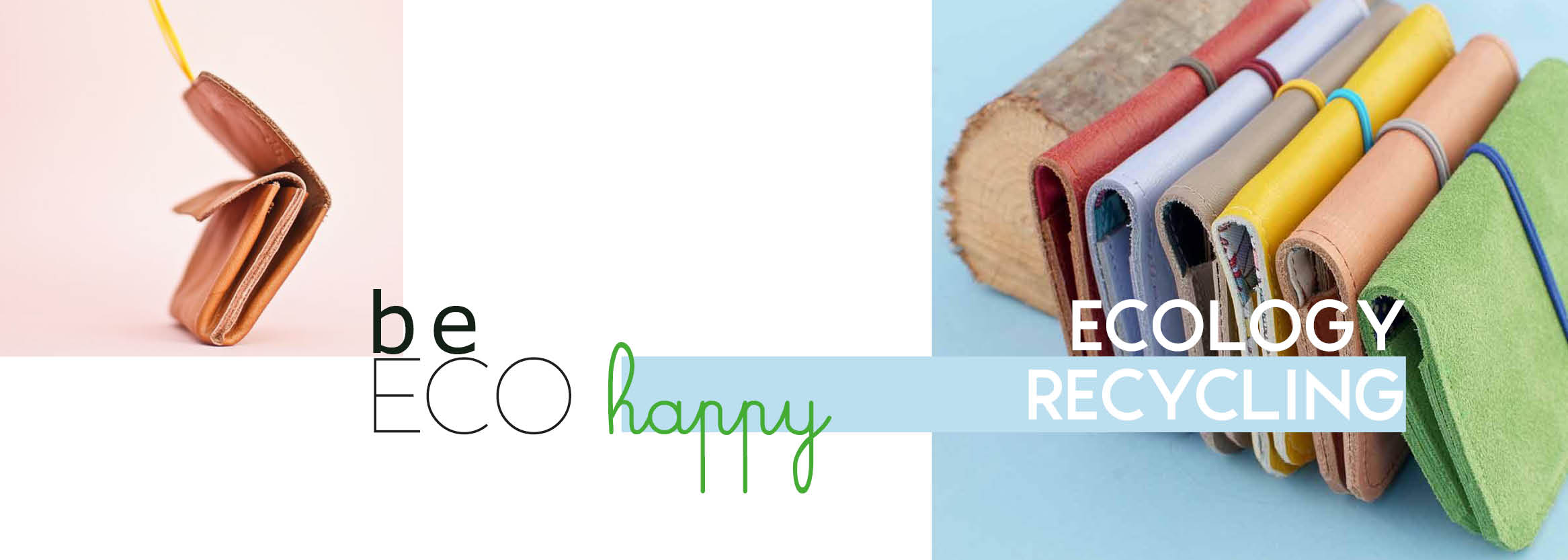Leather is a highly versatile, widely used material. Responsibly made, it is highly regulated and certified with strong environmental credentials. Leather is a by-product of the food industry that saves around 10 million tonnes of waste from landfill every year. There are strict requirements regarding the use of chemicals in the leather industry. It is restricted by legal requirements and by many voluntary industrial initiatives which are committed to eliminating potentially harmful substances from the supply chain.
« 10 million tonnes of waste from landfill every year»
The leather industry has established certified standards that consumers can use to better understand the provenance of the leather and leather products they buy.

Leather is nature respectfull
|
Summary 1. Is leather environmentally friendly? 3. Versatility 4. Conclusion |
Is leather environmentally friendly ?
Y It converts waste from the food industry that would be otherwise thrown away, to make products we use in everyday life.
- Leather keeps around 10 million tonnes out of landfill a year
- Leather is long-lasting
- Leather products are repairable
- Leather can be recycled
- At its end-of-life phase, leather degrades through chemical and biological means
In its end-of-life phase, leather degrades through chemical and biological means. From today's perspective, recycling includes reuse.
Examples :
- Polyester fabrics are melted into fabric and reused.
- Jeans can be made from plastic bottles
- Plastic bottles become bottles again.
In its end-of-life phase, leather degrades through chemical and biological means. From today's perspective, recycling includes reuse.
Adapted for repairs


Renovation of a suitecase
Leather is easy to repair and maintain. The journey towards sustainability starts with products that can be repaired for longevity of use. Leather needs very little in the way of life-time maintenance.
Responsible and ecological

By using our resources effectively for creating a livable world, we offer products and services that comply with international quality standards, showing respect and responsibility towards nature, all living things and natural resources.
« Leather and leather by-products can be recycled »
Leather trimmings obtained in the production processes can be repurposed in different ways and transformed into new products.
Reduce waste
Leather is a natural by-product. Modern leather manufacturing recycles over 270 million cow hides each year. These are a by-product of the food industry and without the ability of the leather industry to transform them into leather, over 7 million tonnes would go to landfill with huge environmental and biological impact. Leather makes a sustainable contribution to a society that needs to consume less, reuse more and a recycle everything.
Versatility
Leather has many varied end uses. The skills of the leather makers take the same basic raw material and turn it into a many different ‘fabrics’ with different qualities and benefits.
« Le cuir est 100% biodégradable »
Conclusion
Leather is not considered as an eco-friendly material. Nevertheless, if you focus on advantages, you could turn to think differently and even consider it is durable
 any question ?
any question ? 

